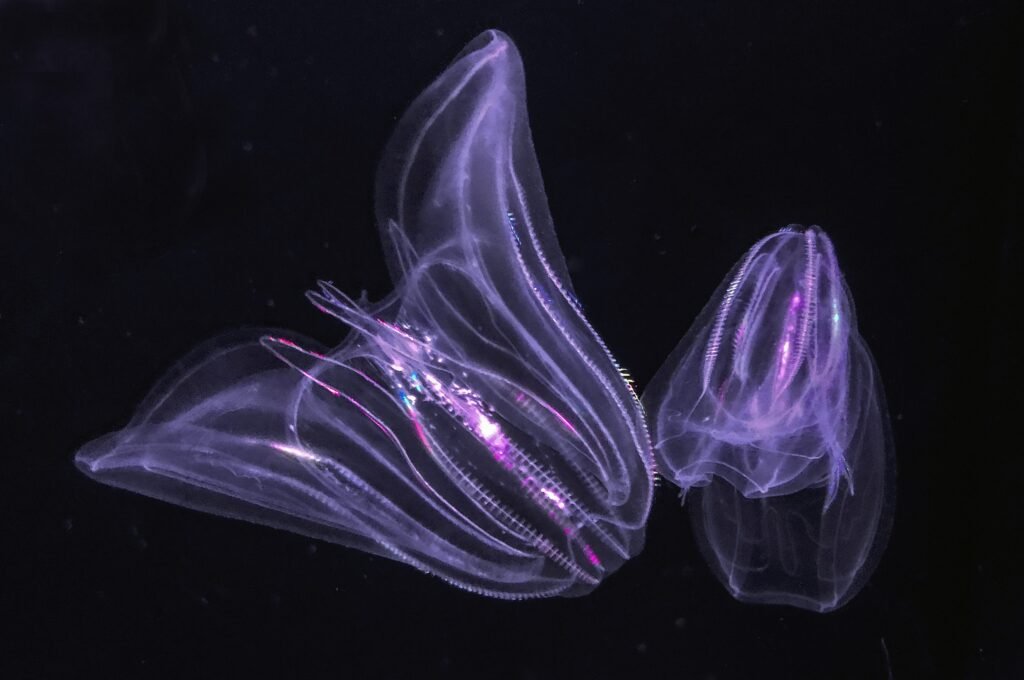NASA sent first 4K video from aircraft to the space station
Glenn Research Centre of NASA in Cleveland sent the first 4K video footage using an aircraft to the International Space Station (ISS). It used optical laser communications to send this video.
This development was part of a series of trials for new technology that might allow astronauts on the Artemis missions to be the live-streamed moon.
In the past, NASA has sent data to and from orbit through radio waves. However, laser communications can transfer 10-100 times more data more quickly using infrared light.
However, NASA sent the first 4K video by temporarily mounting a portable laser terminal on a Pilatus PC-12 aircraft. After that, it passed over Lake Erie while transmitting data from the aircraft to a Cleveland optical ground station.
The data was transmitted over an Earth-based network to NASA’s White Sands Test Facility in Las Cruces, New Mexico. Here researchers transmitted it using infrared light signals.
Afterward, the signals reached NASA’s Laser Communications Relay Demonstration (LRCD) after traveling 22,000 miles from Earth. LRCD is an experimental platform in orbit.
The ILLUMA-T (Integrated LRCD LEO User Modem and Amplifier Terminal) payload received the signals from the LRCD and subsequently transmitted data back to Earth. ILLUMA-T was installed on the orbiting laboratory.
Engineers of Glenn Centre in collaboration with the Air Force Research Laboratory and the Small Business Innovation Research program of NASA also participated in video streaming to the space station.

Click here to read the updates on NASA transmitting a hip-hop song to Space for the first time
This new method developed at Glenn is called “High-Rate Delay Tolerant Networking (HDTN).” It helped the signal penetrate cloud covers more efficiently during the experiments.
Dr. Daniel Raible is the lead scientist of the Glenn HDTN project. He remarked this project was a tremendous accomplishment.
He also said they could give their Artemis astronauts access to future capabilities like HD videoconferencing by building on the success of streaming 4K HD videos to and from the space station. It will also be crucial for crew health and activity coordination.
Read More:
- Sea creature turns into a baby when it is stressed out showing time travel
- Realme Narzo 70 Turbo 5G launch date, features, specifications & price
- European Space Agency printed 3D metal part in space for first time
- Earth’s mysterious Alaska triangle where over 20,000 people disappeared
- Philips Hue launched a new smart lighting solution for kitchen
- NASA to launch life-searching spacecraft to Jupiter’s moon Europa
Share this content:










Post Comment